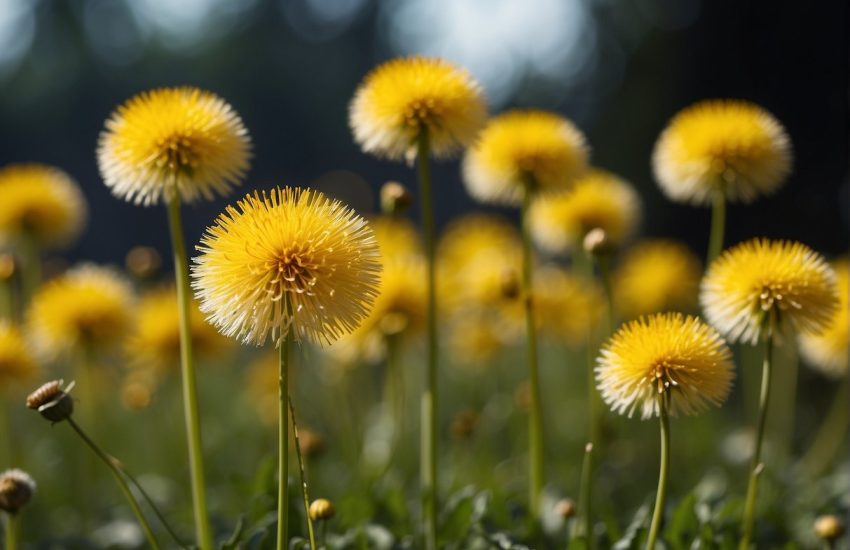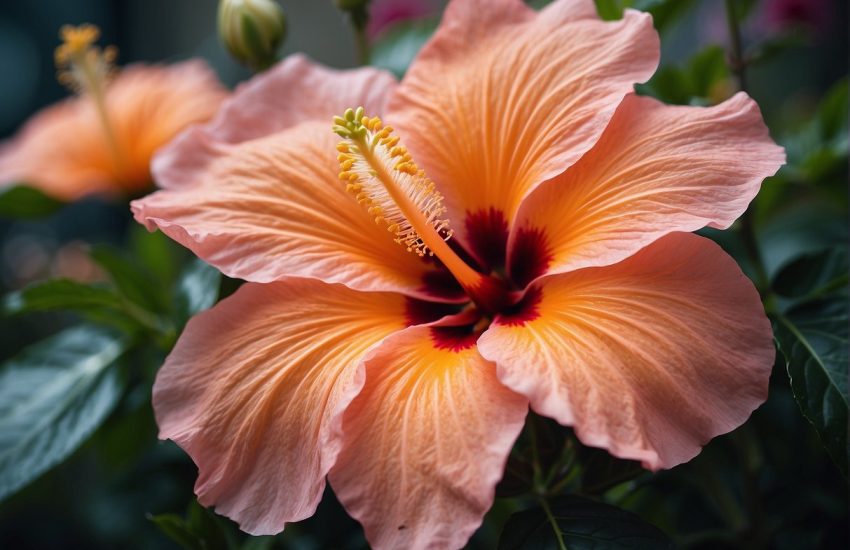When to Trim Rose Bush: Best Time and Techniques
Rose bushes are a popular addition to gardens due to their beauty and fragrance. However, to maintain their health and appearance, it is important to know when to trim them. Pruning is the process of cutting back dead or overgrown branches to promote new growth and flowering.

The best time to prune rose bushes depends on the type of rose and the climate in which it is grown. In general, it is best to prune in late winter or early spring before new growth appears. This allows the plant to focus its energy on producing new growth rather than repairing damaged branches. However, some types of roses, such as those that bloom on new wood, can be pruned in the fall after blooming has finished.
Proper pruning techniques are also important for maintaining the health and appearance of rose bushes. The cuts should be made at a 45-degree angle just above an outward-facing bud. This encourages new growth to grow outward rather than inward, promoting air circulation and reducing the risk of disease. It is also important to use clean, sharp tools to prevent damage to the plant and the spread of disease.
Understanding the Best Time to Prune
When it comes to pruning rose bushes, timing is everything. Pruning at the wrong time can result in fewer blooms, weaker growth, and even damage to the plant. To ensure the health and beauty of your roses, it’s important to understand the best time to prune.
Identifying Dormancy and Active Growth Phases
Before pruning your rose bushes, it’s important to identify their dormancy and active growth phases. Dormancy is a period of rest for the plant, during which it conserves energy and prepares for the next growing season. Active growth, on the other hand, is when the plant is actively producing new growth and blooms.
In most regions, roses go dormant in late fall or early winter and remain dormant until late winter or early spring. During this time, the plant is not actively growing, and pruning can be safely done without harming the plant.
Seasonal Pruning Guide
The best time to prune roses depends on the type of rose and your climate. Once-blooming roses, which only bloom once a year, should be pruned after they finish blooming. This allows the plant to focus on producing new growth and blooms for the following year.
For repeat-blooming roses, the best time to prune is in late winter or early spring, just before the plant begins to produce new growth. This allows you to remove any dead or damaged wood and shape the plant for the coming growing season.
In areas with hard frosts, it’s best to wait until after the last frost to prune your roses. Pruning too early can stimulate new growth, which can be damaged or killed by a late frost.
When pruning, be sure to use clean, sharp tools and make clean cuts at a 45-degree angle. Remove any dead or damaged wood, as well as any branches that cross or rub against each other. This will help promote healthy growth and beautiful blooms.
By understanding the best time to prune your roses, you can ensure the health and beauty of your plants for years to come.
Pruning Techniques and Considerations
Proper Pruning Cuts and Angles
Pruning roses is a vital part of their care and maintenance. Proper pruning cuts and angles are necessary to ensure the health and longevity of the plant. When pruning, it is essential to make clean cuts at a 45-degree angle, just above an outward-facing bud eye. This technique encourages new growth and prevents rot. Always use sharp pruning shears or loppers to make clean cuts, as dull tools can damage the plant.
Types of Roses and Specific Pruning Needs
Different types of roses have specific pruning needs. Hybrid teas, for example, require major pruning in the spring to encourage blooming, while shrub roses benefit from light pruning to maintain their shape. Climbing roses need to be trained to grow along a trellis or wall, and ramblers require minimal pruning to maintain their vigor. It’s essential to understand the specific needs of the variety of rose you are pruning to ensure optimal growth and blooming.
Common Pruning Mistakes to Avoid
Pruning mistakes can harm the health of the plant and prevent it from blooming. One common mistake is pruning too much, which can damage the plant and reduce its ability to produce flowers. Another mistake is not removing dead or diseased branches, which can spread diseases to the rest of the plant. It’s also important to avoid crossing branches and tidy up any debris to prevent disease. Finally, always wear gloves and long sleeves to protect yourself from thorns and use clean tools to prevent the spread of diseases.
By following these fundamental pruning tips, gardeners can encourage healthy growth and blooming in their roses. Resilient plants, such as knock-out roses, can tolerate some mistakes, but it’s essential to prevent disease and promote air circulation by removing spent flowers and dead wood. Whether pruning in the spring or fall, always consider the specific needs of the variety of rose being pruned and take care to make clean cuts at the proper angles.


